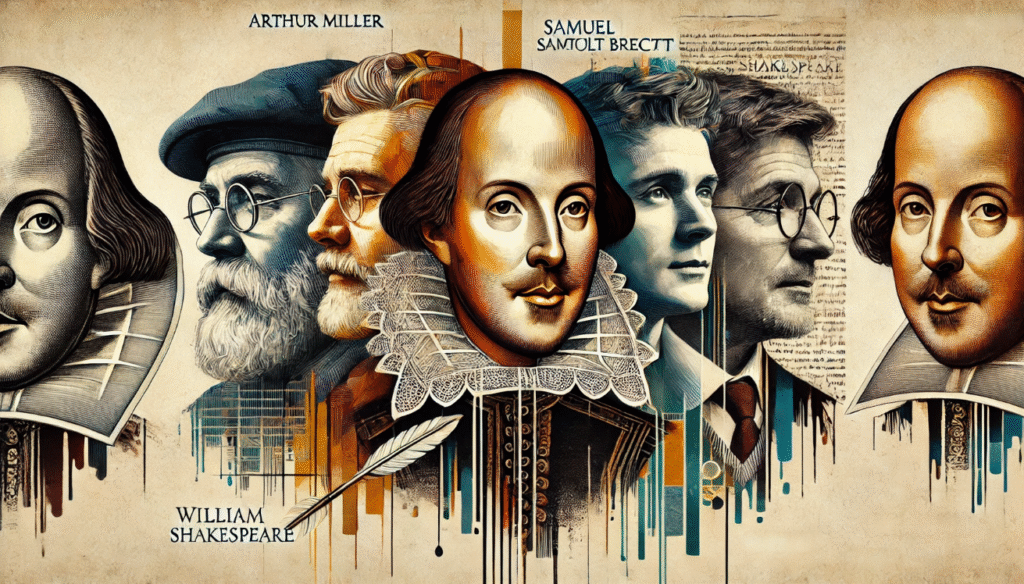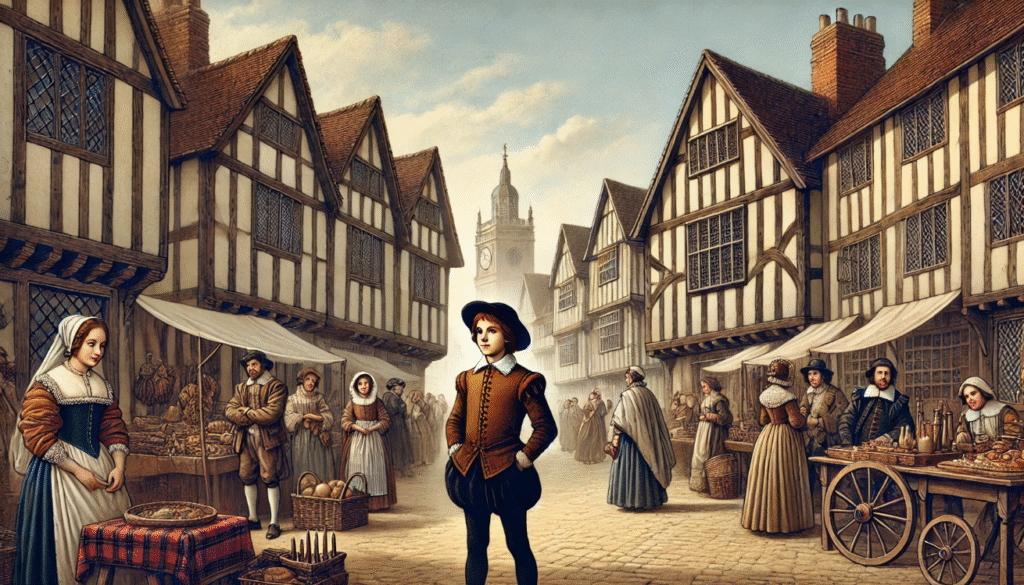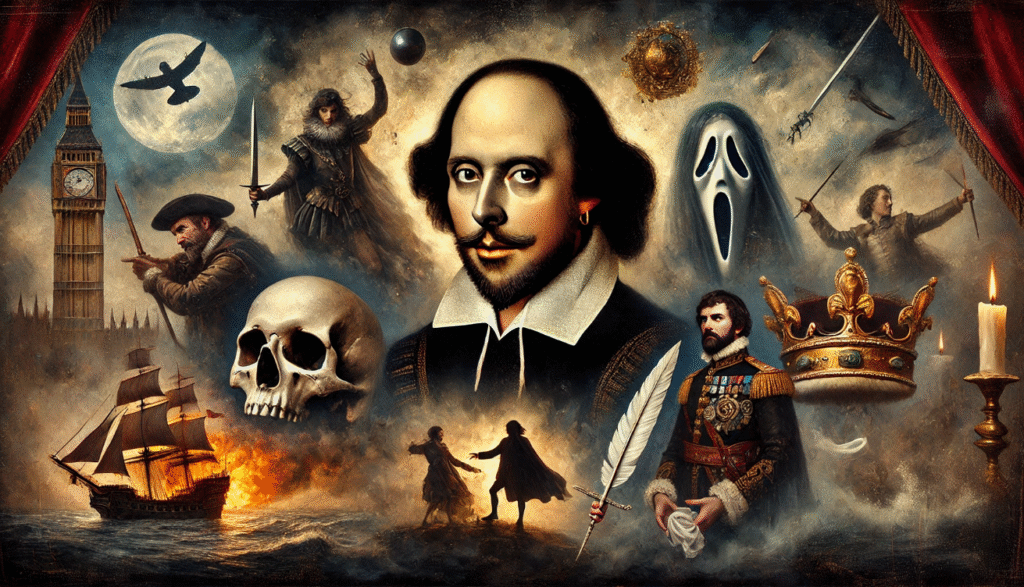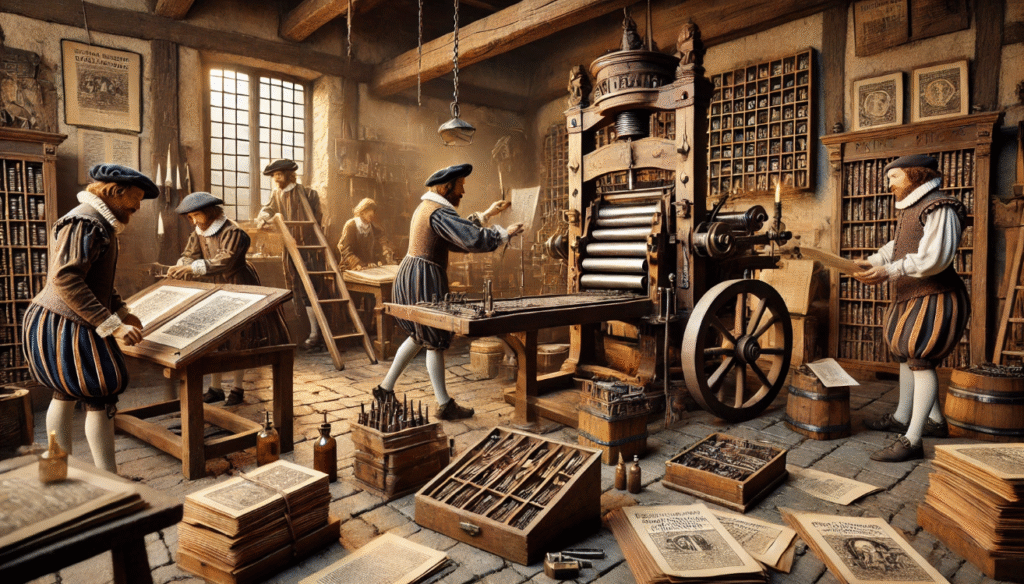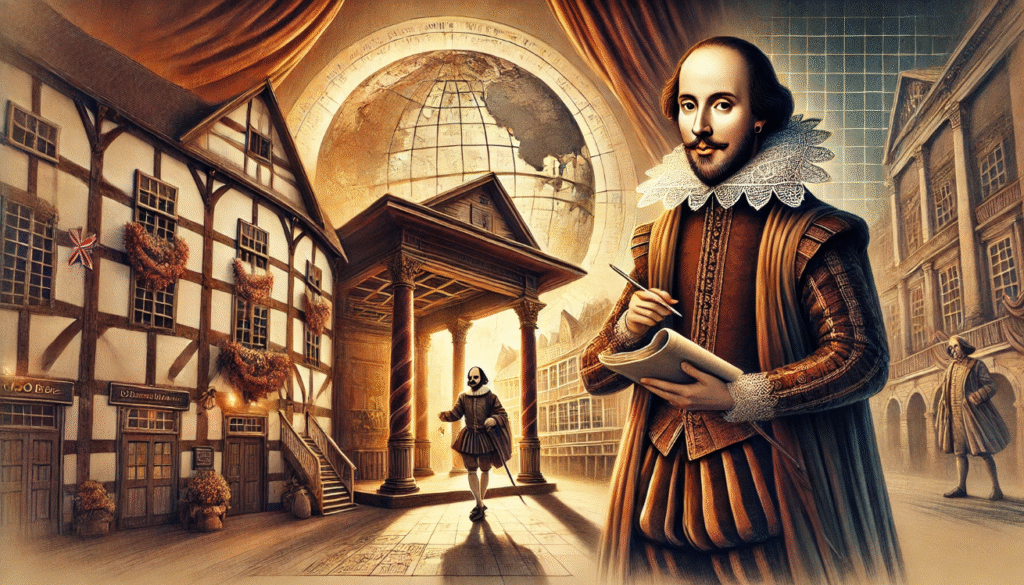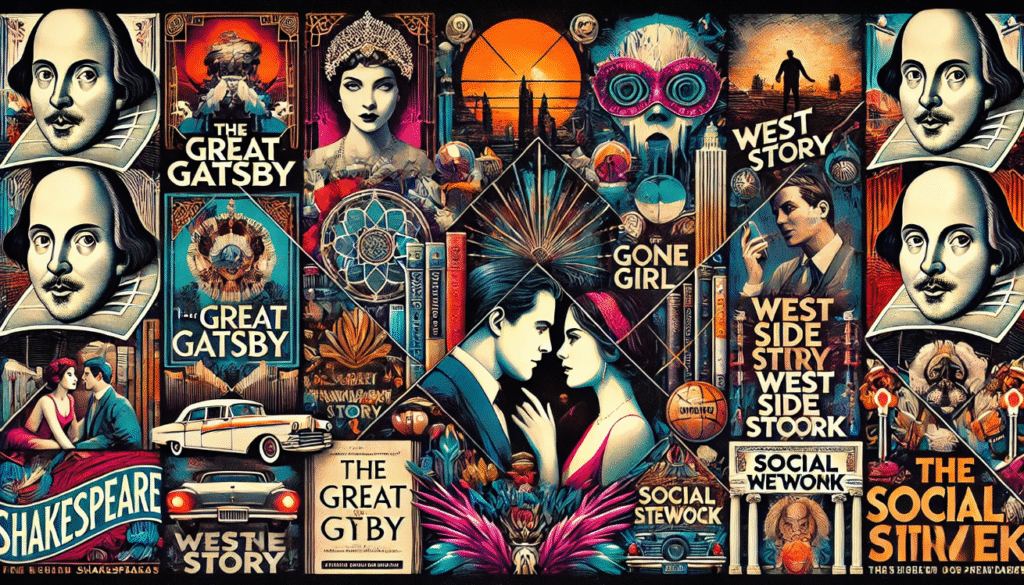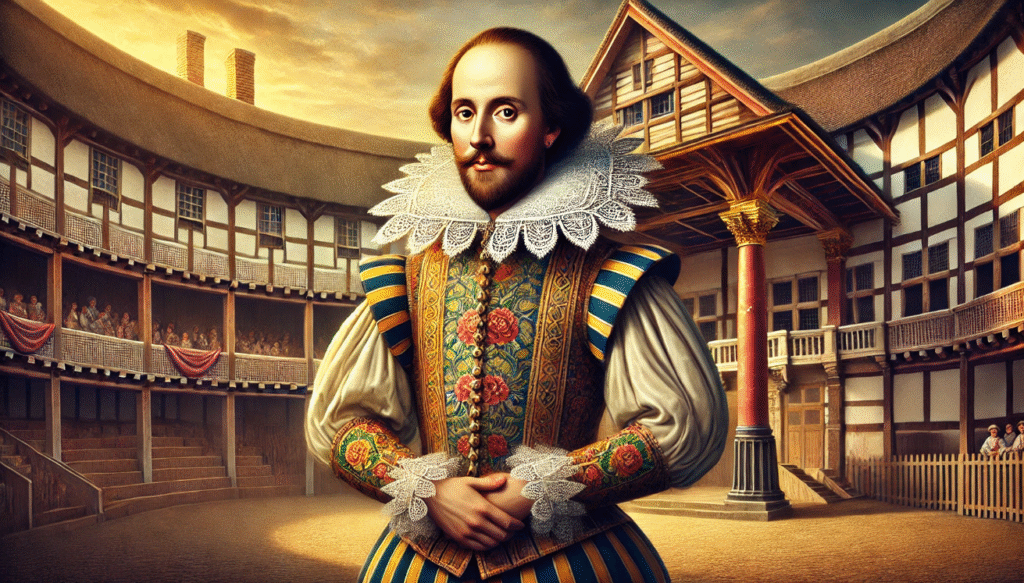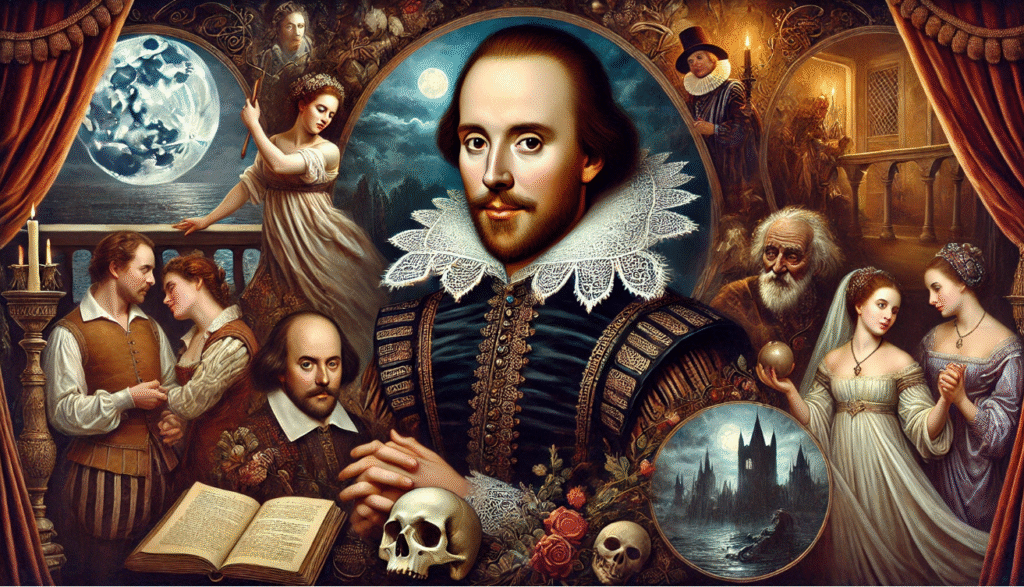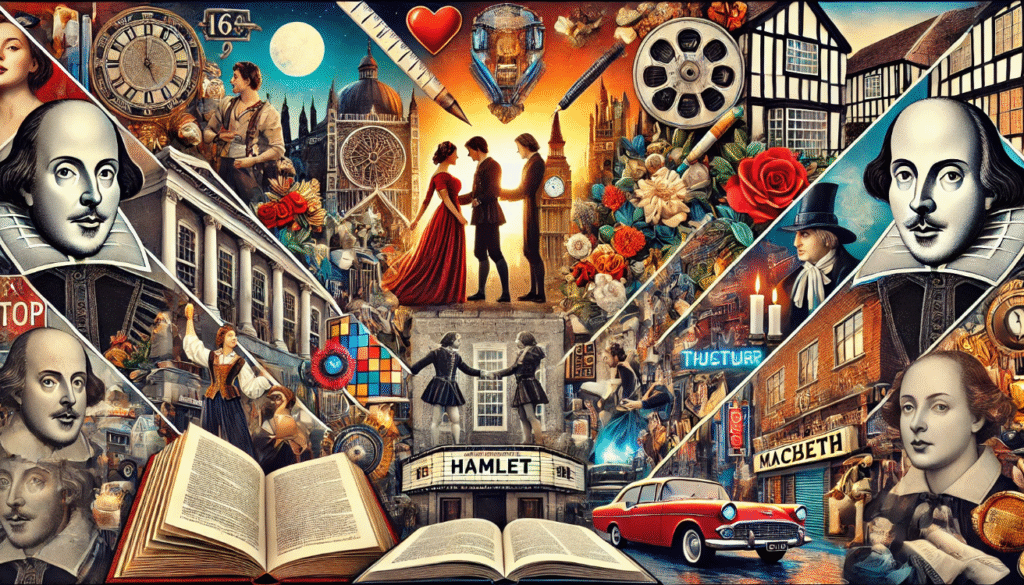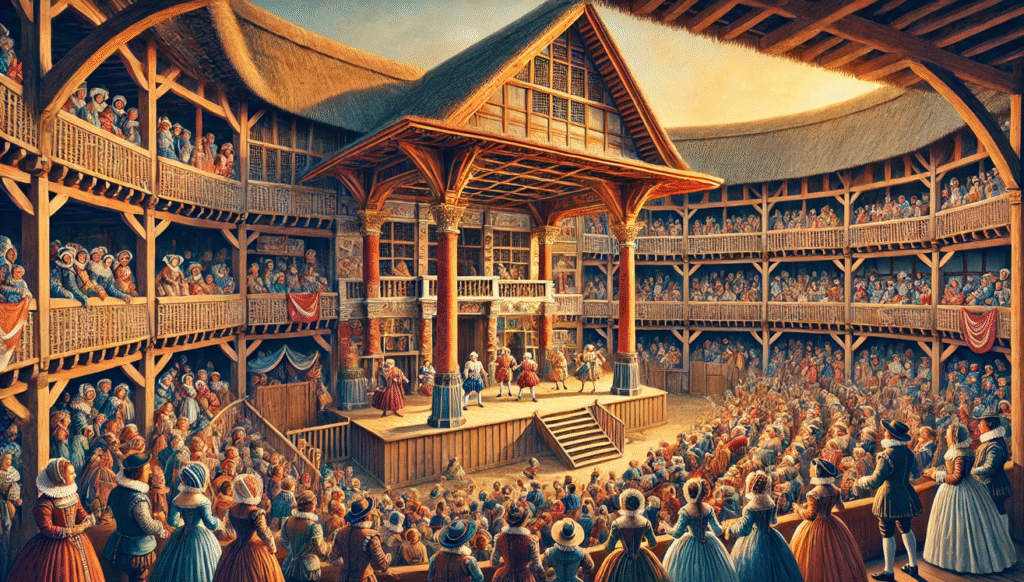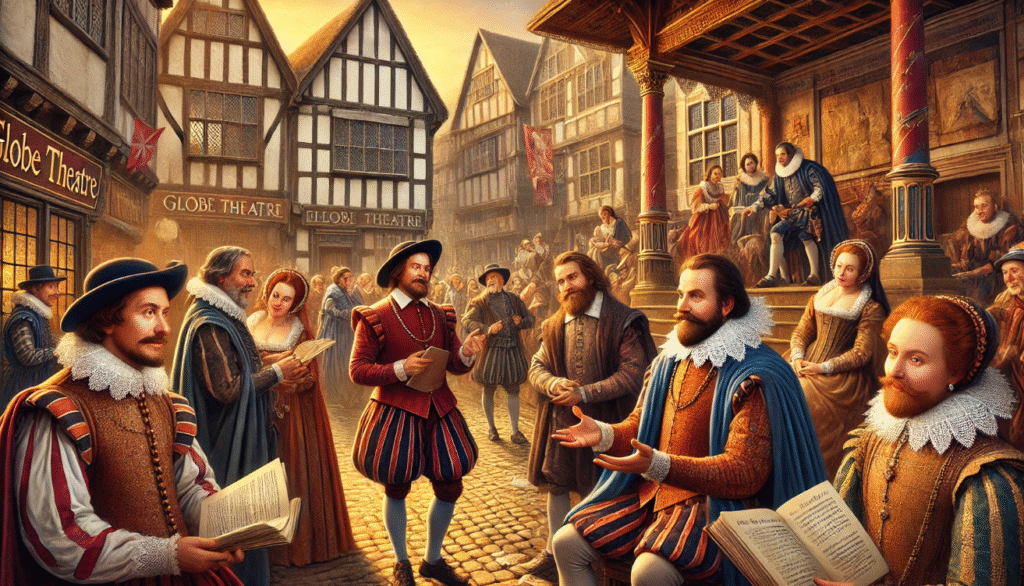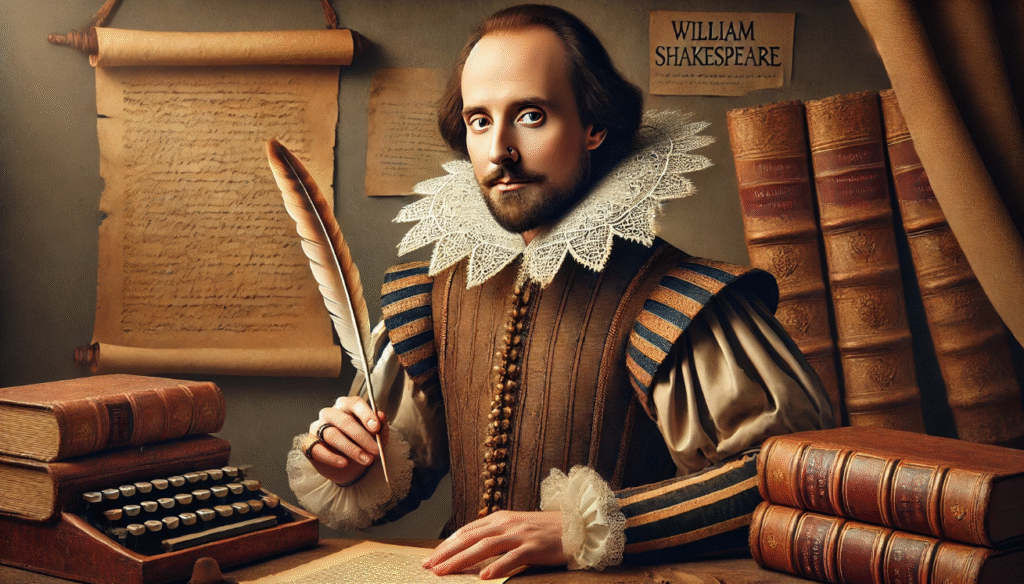 What do modern theatre icons like Arthur Miller, Samuel Beckett, and Bertolt Brecht have in common with a 16th-century playwright from Stratford-upon-Avon? More than you might think. Shakespeare’s impact on 20th-century drama is not just a matter of historical curiosity—it’s a living, breathing influence that shaped how stories were told on the modern stage. From complex characters to timeless themes of power, identity, and morality, Shakespeare’s impact on 20th-century drama fingerprints are all over the works that defined the last century of theatre. In this article, we’ll explore how his legacy continues to inspire dramatic innovation and emotional depth in modern storytelling.
What do modern theatre icons like Arthur Miller, Samuel Beckett, and Bertolt Brecht have in common with a 16th-century playwright from Stratford-upon-Avon? More than you might think. Shakespeare’s impact on 20th-century drama is not just a matter of historical curiosity—it’s a living, breathing influence that shaped how stories were told on the modern stage. From complex characters to timeless themes of power, identity, and morality, Shakespeare’s impact on 20th-century drama fingerprints are all over the works that defined the last century of theatre. In this article, we’ll explore how his legacy continues to inspire dramatic innovation and emotional depth in modern storytelling.
Setting the Stage: The State of Theatre Before the 20th Century

Before the 20th century, theatre was dominated by realism, romanticism, and melodrama. Shakespeare’s impact on 20th-century drama Playwrights focused on emotional expression, moral lessons, and predictable plots. While popular with audiences, much of this drama lacked the psychological depth and structural complexity that modern theatre would later embrace.
During the late 19th century, movements like naturalism and symbolism began to challenge traditional forms. Writers sought more truthful, human-centered stories. However, many still followed strict rules of plot and character.
This shift laid the groundwork for a deeper appreciation of Shakespeare. His rich characters, layered themes, and innovative structures offered a model for the evolving world of drama. As theatre entered the 20th century, Shakespeare’s influence became a key force in pushing it forward.
Shakespearean Influence on Thematic Depth

One of the biggest ways Shakespeare shaped 20th-century drama was through his timeless themes. His plays explored love, power, betrayal, ambition, fate, and the human condition—ideas that still drive powerful storytelling today.
Modern playwrights drew from these themes to add emotional weight and complexity to their work. For example, Arthur Miller’s Death of a Salesman echoes King Lear in its tragic fall of a flawed man. Samuel Beckett’s Waiting for Godot mirrors the existential struggle found in Hamlet.
By using universal themes in a deeply human way, Shakespeare gave 20th-century drama a richer emotional core and a more honest look at life.
Language and Dialogue: From Poetic Verse to Modern Expression

Shakespeare transformed how characters speak on stage. His use of poetic verse, rich imagery, and powerful soliloquies gave language emotional depth and rhythm. This had a lasting impact on 20th-century drama.
While modern playwrights moved toward everyday speech, they kept Shakespeare’s focus on meaningful dialogue. Writers like Harold Pinter and Tennessee Williams crafted lines that revealed emotion, conflict, and subtext—just like Shakespeare did, but in a more modern voice.
Even in plays with simple language, the goal remained the same: to capture the inner world of the character. Shakespeare’s influence helped shape dialogue into a tool for exploring truth, tension, and transformation on stage.
Character Complexity and Psychological Realism

Shakespeare created characters with deep emotions, inner conflicts, and evolving motivations. From Hamlet’s existential doubt to Lady Macbeth’s guilt-driven downfall, his characters felt real and human. This set the stage for the psychological realism seen in 20th-century drama.
Modern playwrights like Eugene O’Neill and Arthur Miller followed this path. They explored flawed, layered individuals struggling with identity, family, and society—much like Shakespeare did centuries earlier.
By making characters think, doubt, and break down on stage, Shakespeare inspired a more honest, introspective approach to storytelling. His influence helped modern theatre shift from surface drama to emotional depth and complexity.
Structural and Dramatic Techniques

Shakespeare’s plays introduced powerful dramatic structures that shaped 20th-century theatre. His five-act format, use of rising tension, and climactic turning points became models for modern storytelling.
Techniques like soliloquies, asides, and dramatic irony gave insight into characters’ minds and created suspense. These tools influenced playwrights like Bertolt Brecht, who used narration and audience interaction to challenge traditional storytelling.
Shakespeare also mastered pacing—balancing intense scenes with moments of reflection. This helped 20th-century writers craft more engaging and emotionally layered plays.
His innovative structures and techniques gave modern drama a foundation for bold experimentation and deeper audience connection.
Shakespeare in 20th-Century Adaptations and Reinterpretations

Shakespeare’s stories didn’t just influence 20th-century drama—they were reimagined for new audiences and issues. His plays were adapted into modern settings, highlighting their timeless relevance.
West Side Story, for example, retells Romeo and Juliet in a New York gang rivalry. Throne of Blood, a Japanese film by Akira Kurosawa, reworks Macbeth into a samurai tale. These adaptations show how Shakespeare’s themes—love, power, ambition—fit any time or place.
Directors and writers also used his works to comment on politics, war, and identity. Shakespeare became a tool for social reflection, making classic stories feel urgent and new.
Global Reach: Shakespeare’s Influence Across Cultures

Shakespeare’s impact on 20th-century drama extends far beyond Western theatre. His works have been embraced and adapted by playwrights and directors worldwide, blending with diverse cultural traditions.
In India, Shakespeare’s plays have been reinterpreted through the lens of local traditions, such as in Maqbool, an adaptation of Macbeth. African playwrights like Wole Soyinka drew inspiration from Shakespeare’s exploration of power and identity, incorporating those themes into their own unique narratives.
Shakespeare’s themes of human conflict, moral choices, and societal struggles resonate across cultures, proving his universal appeal. His ability to connect with diverse audiences helped shape global theatre, influencing everything from Bollywood films to African storytelling traditions.
Why Shakespeare Still Matters

Shakespeare’s influence on 20th-century drama is undeniable. From his timeless themes and complex characters to his innovative structures and dramatic techniques, his work laid the foundation for modern theatre. His ability to delve into the human experience with emotional depth and psychological realism continues to inspire playwrights across the globe.
Whether through direct adaptations or through the enduring legacy of his style, Shakespeare’s impact remains a powerful force in contemporary theatre. His plays are not just relics of the past—they are living works that continue to shape how we tell stories on stage. As we look ahead, Shakespeare’s ability to reflect the complexities of human nature will likely remain a key influence on the evolution of modern drama for years to come.

